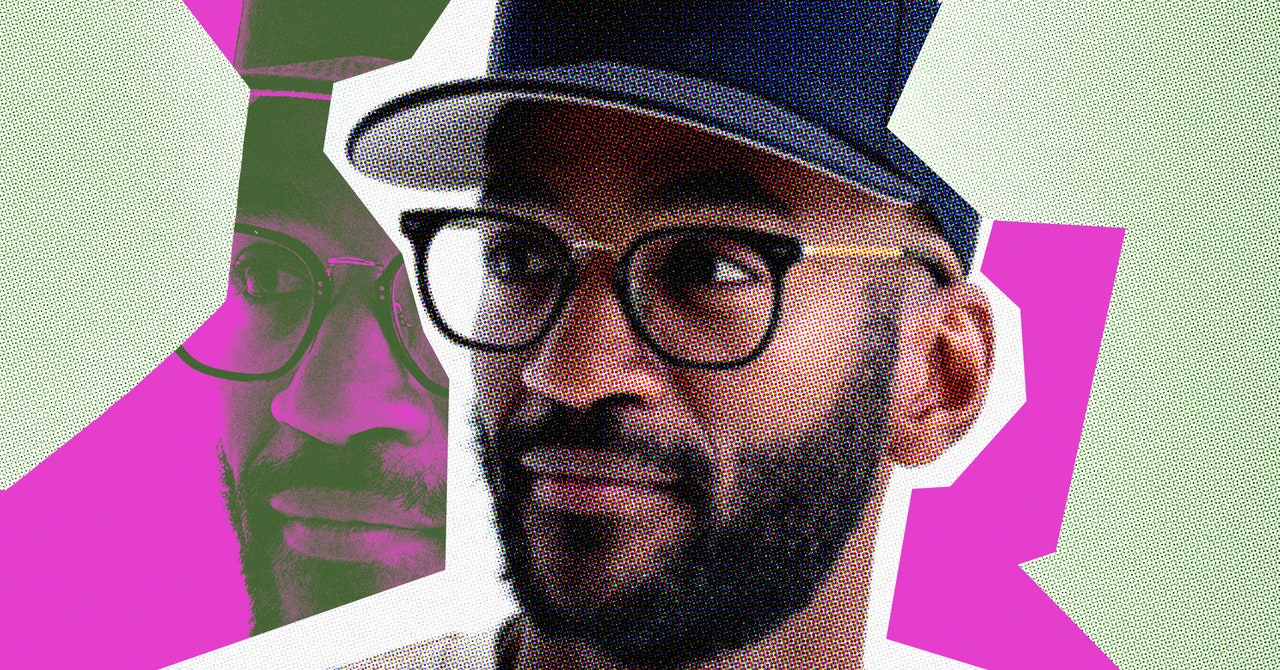Nearly every survey of the podcast industry in 2024 agrees on one point: Chat podcasts are king. As video rises in popularity (33 percent of US podcast listeners prefer to consume this way), ad spending increases (estimated to top $4 billion worldwide), and listenership steadily grows (8 percent year-over-year), it is the chat formatâin its combative, enlightening, and sometimes quite unserious splendorâthat continually draws people in.
The ecosystem is profuse and unpredictable. There are the mainstays that have become fixtures of culture: The Joe Rogan Experience, Armchair Expert, and The Read. Newer fare like Iâve Had It and ShxtsnGigs (more on that one later) have also found tremendous followings. Other chat-casts, like Club Shay Shay, seem to court controversy with every release. âKatt Williams, please close the portal,â @nuffsaidny recently joked on X, alluding to the comedianâs guest appearance from January when he prophetically proclaimed of 2024: âAll lies will be exposed.â
âThat appointmentâthat relationshipâis everything,â Eric Eddings, vice president of audio at Kevin Hartâs media company Hartbeat, says of the bond chat-casts are able to establish with listeners.
In 2014, along with Brittany Luse, Eddings launched For Colored Nerds, a weekly gabfest about pop culture, race, and current events (full disclosure: I appeared on an episode in 2017). After Nerds, Eddings went to Gimlet Media, where he co-anchored The Nod (also with Luse) and produced for the shows Undone and Habitat, before moving to SiriusXM. Today, Eddings steers podcast development for Hartbeat. What was true of the medium when he started out, he tells me, is still true today. In a recent video call, we discussed the state of the industry and its sometimes complicated evolutions.
JASON PARHAM: Why have chat-casts gotten so popular?
ERIC EDDINGS: There are a few reasons. Just to be straight up, a lot of the companies wanted to figure out ways to invest less in programming. Narrative podcasts are very expensive to make. They require a large upfront investment, and then you try to figure out how to make them as successful as possible if they resonate with audiences. And a lot of companies have had difficulty bringing those types of projects to market given the struggles of the entertainment media industry.
So itâs a money issue?
Podcasts with chat as a focus are a little bit easier to test out, put in the market, and to create each week. You’ve seen a lot of a turn towards that. Those are the macro influences. But that also short changes a little bit of the conversation.
How so?
Even though podcasting has been out for a while, you’ve also seen a lot more groups of people come to podcasts in new ways. Thereâs more familiarity with the medium. You’ve seen comedians, you’ve seen influencers. There was a trend early in the pandemic where folks were like, âAh, weâve got to start a podcast.â Whereas now I think people are having ideas or finding people they want to collaborate with and see podcasting as the place to explore that. Itâs a really flexible medium. Collaboration allows for experimentation. And that type of experimentation is so much easier in a chat context because the conversation is the point.

